|
Last week I had the pleasure and honor of traveling to Vaasa on the western coast of Finland and Seinäjoki which is between Vaasa and Jyväskylä. I visited three different schools. I set up visits to the Swedish Teacher Training School and the Seinäjoki Upper Secondary School two months ago because of their involvement in the Schools Reaching Out to a Global World project. I gained valuable, inspiring insight from both of these visits particularly around the necessity of structural and collegial support for learning and teaching that takes students out of the textbook, out of the classroom, and even out of the country. The third school I visited was a sweet little school outside of Vaasa where my friend Katja teaches. Here, I participated in a close-knit school community where the idea of primary school being a place to 'learn how to learn' and 'learn how to be' was abundantly evident. My little walk through the forest with a class of 2nd graders was one of the most joyful experiences I've had in Finland. These school visits will be highlighted in my final portfolio project which I'll share sometime in mid-late summer. For now, I'll share some ideas that have peaking and settling in my brain. 1) Being a representative as an American teacher is not always easy for one complex reason - the US is so diverse, schools across the US are so diverse, and I cannot in anyway, speak One Truth about education in the United States. While having this amazing opportunity to see schools in Finland and having had the opportunity to see schools in Colombia last summer, I feel very small in my knowledge of education across my own country. I have an excellent handle on the situation in the context in which I teach and live, but beyond that, I'm prone to formulating my knowledge base primarily through professional journals, media and social media. We teachers, of course, know that the best learning is through experience, so, I ask myself, how can I get into classrooms across the US to get a comprehensive picture of the state of education in my home country? So far, the options I've come up with for this endeavor include (a) winning the lottery, allowing me to extend my sabbatical from teaching (statistically unlikely) and (b)writing to Oprah pitching my idea to be a roving education story teller, bringing heart-warming and soul-searing accounts from classrooms across American that would elicit tears (um, even more unlikely than winning the lottery.) 2) Teachers are powerful when there is a systemic structure of support for students, from health care to school leadership. From administrative support to professional trust. From protecting children through a Constitution to providing multiple breaks throughout the day for children to play. I can't help but look at, from afar, how aspects of US education are crumbling. In just these few months, Ive been shell-shocked by example after example of diminished trust of teachers, the pervasive use of standardized testing, and the reports of how our children are failing. I refute the idea that teachers are the lynch pin in school and student success. "The... fallacy is that “the most important single factor in improving quality of education is teachers.” This false belief is central to the “no excuses” school of thought. If a teacher was the most important single factor in improving quality of education, then the power of a school would indeed be stronger than children’s family background or peer influences in explaining student achievement in school." I think Finland demonstrates how teachers and students can thrive when they are working as part of a Whole. I also think this is true for many students and teachers in the United States. In fact, from my point of view, the United States exemplifies educational innovation in ways that I have not seen here in Finland. It's the inequitable opportunity for American students that is unsettling. #3) I truly want to visit schools across the United States. My vantage point is so limited just like that of most teachers. A Finnish teacher told me that I'd visited more schools in Finland than she has and, in fact, I've been to more places in Finland than she had. I suspect that some of the things I'm seeing that I'm wowed by (ice skating for PE, school at the edge of a forest, music classes that are like mini-rock bands) are happening in places around the US. I just haven't seen this before.
But, here's my hypothesis - if I visited 20 schools around the United States - in urban areas, rural areas, large schools, small schools, primary through secondary, I'd see very different schools. The variety would be immense. And the inequity might be intense in terms of facilities, resources, teacher engagement, safety, technology, values, opportunities, community support, funding, and leadership. I make this assertion because in my hometown of Albuquerque, it is possible to see a gamut of schools -- palatial edifices compared to thousands of kids and teachers who work in portable buildings as their 'permanent' facility; class sizes of 24 compared to class sizes of 36; schools where students are trusted vs. schools that require students to wear a colored vest to go to the bathroom (and how dare they wander to a color zone in the school other than what they are wearing.) We have schools that still able to take students on field trips and others that don't have the time (standardized testing) or funds to take kids out beyond the school. I've observed over 20 schools in Finland and over 50 classrooms. I've seen diversity, yes. Each school has it's own character, spirit, and path. Still there is a commonality of quality and equality among each school that is palpable. All classrooms have a projector and computers. Each school has a developmentally structured play yard. Every single school has been brimming with student art work. Children at all schools receive a nutritious, hot meal (and all children partake in school lunch.) There are laptops or iPads or both. I've seen at least one ping pong table at nearly every school I've visited. Teacher lounges are colorful, active spaces where teachers meet in between classes for coffee and conversation. Kids walk around in stocking feet and teachers change from outside shoes to inside shoes. The coat racks are rainbows of coats, hats, snow pants, scarves, and gloves. There's an assurance that every child is going to get a comparable, quality educational experience that exists in the psyche of the Finnish people. That's what I want to bottle up and take home with me.
0 Comments
Leave a Reply. |
Back to Blog Home Page
This blog represents my point of view only and is not associated with the U.S. State Department or the Fulbright Program. Archives
May 2015
|

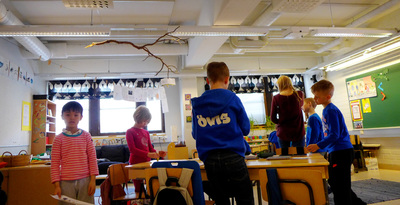
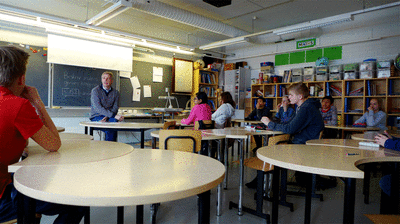
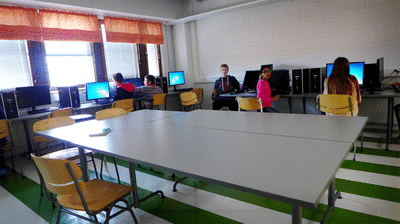

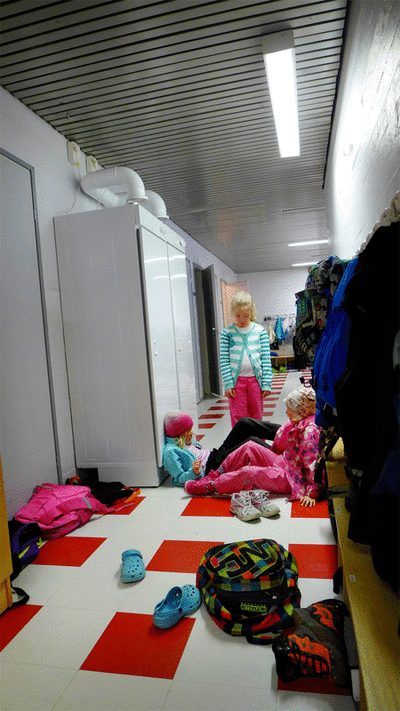
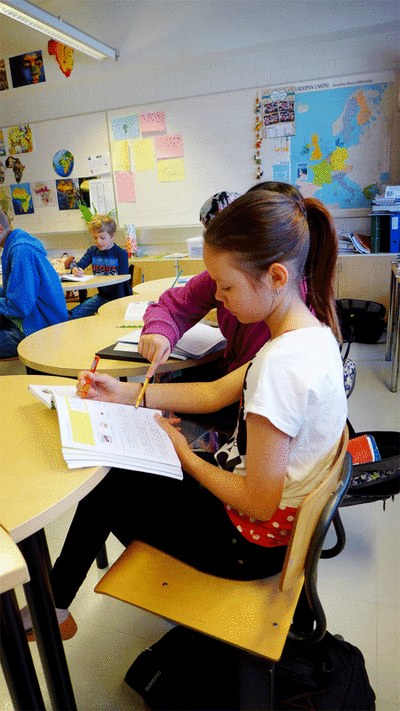
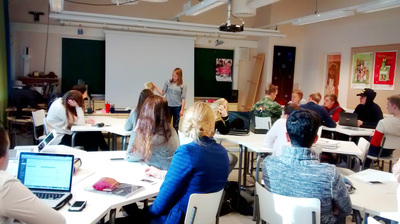
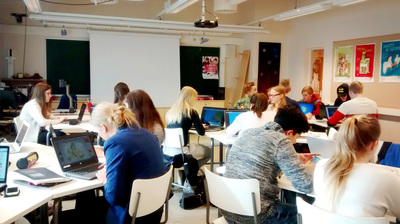
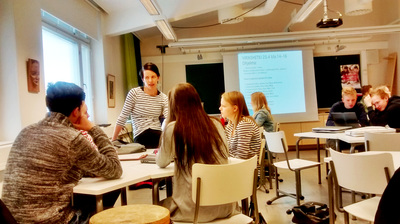
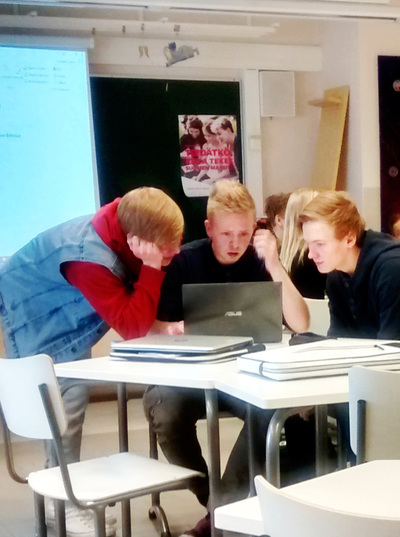
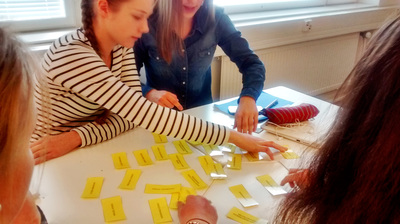
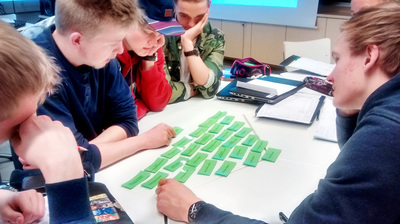

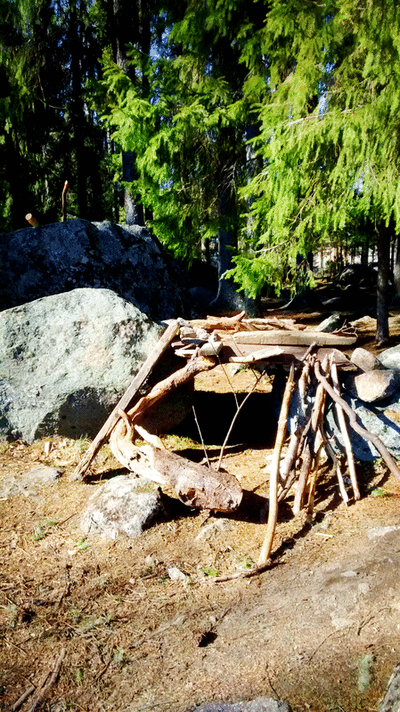

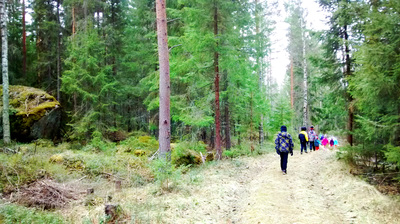
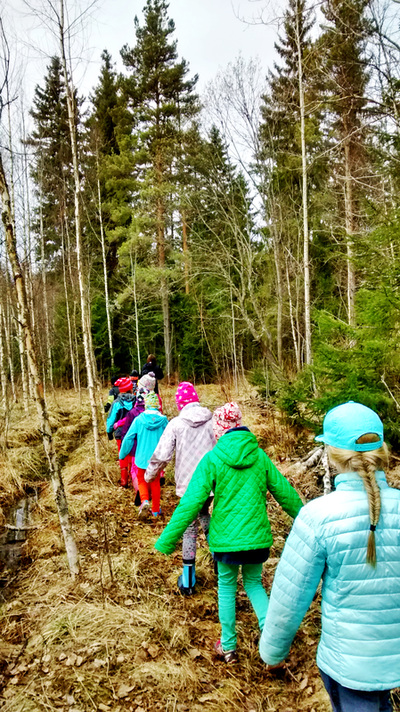

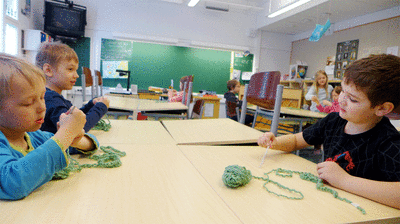
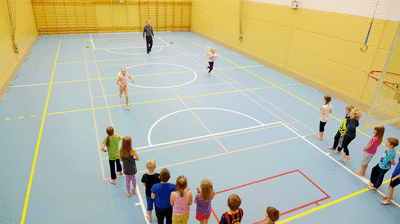
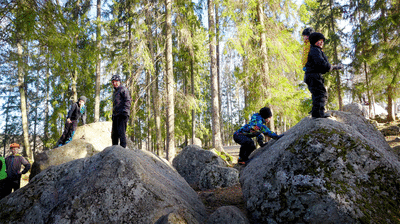
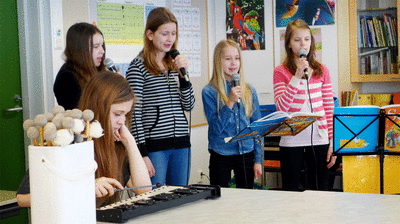
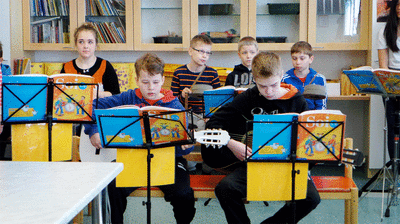

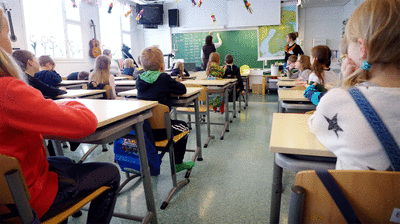
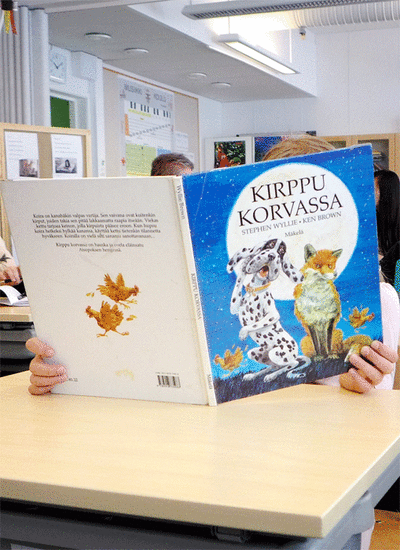
 RSS Feed
RSS Feed